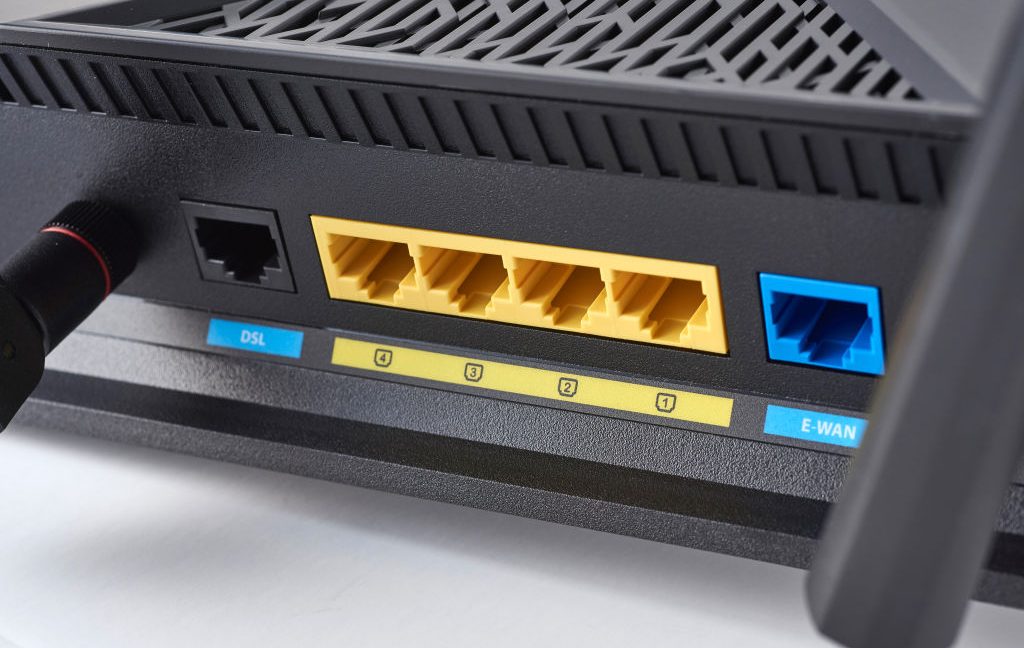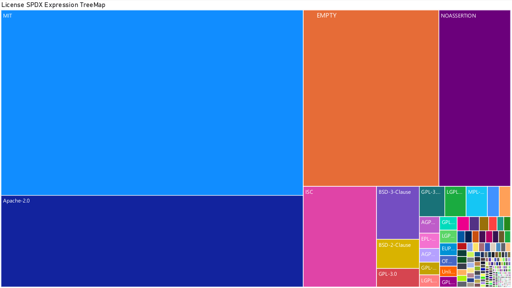Google Restricts Android Sideloading—What It Means for User Autonomy and the Future of Mobile Freedom – Purism
-
Apk from their gitlab page
I wonder if it is because you added that way, rather than from f-Droid or something.
No idea. If I had a spare still running android (trying out postmarketos on a few devices) I'd like to give it a try. Maybe I'll spin up a VM.
What apps?
-
Maybe you should curb your enthusiasm a bit. have you seen what it take to unlock the bootloader from most manufacturers? you might even need your grandma's birth certificate before you're allowed to do so in the future
Certainly depends on where you live.
Unlocking a Samsung phone is trivial here.
-
agree completely. But I recently broke my phone screen, the usual Samsung green screen of death, and I wish I had that turned on to copy the data over lol.
If you can copy data over, then someone else can too. It's important to have backups. Maybe syncthing or some other home server will do nicely.
-
I wonder if it is because you added that way, rather than from f-Droid or something.
No idea. If I had a spare still running android (trying out postmarketos on a few devices) I'd like to give it a try. Maybe I'll spin up a VM.
What apps?
I don't think so, I actually updated it via f-droid before but resorted to sideloading the apk myself for faster updates.
I've noticed it so far for my apps: Tilla (subscription manager), ChatGPT, Poe
-
This sucks, I don't want a world where o have to carry around 2 devices (a private one and a standard spyware one)
Censorship strikes again.
-
This post did not contain any content.
Why is it so hard to "Don't be Evil"
-
This post did not contain any content.
"Purism makes premium phones..." Haaaaaaaaa

-
Why is it so hard to "Don't be Evil"
That would mean less money, at least in the short term, but also in the long term as it grants the user the autonomy of optionality, the power to choose some of Google's edicts. Really it's about the power to shape the choices of the users in the future. Take their power away. And in the future this will be conducive to leverage this power against the user for more money.
I asked the AI about it, in case anyone is curious
https://chatgpt.com/share/68454a70-5cd8-8005-8075-3579244f0ce4 -
This post did not contain any content.
Kinda depressing that all of big-tech seems to have given up "innovating" (finding applications for publicly-funded research), and have become rent-seeking dinosaurs.
-
Kinda depressing that all of big-tech seems to have given up "innovating" (finding applications for publicly-funded research), and have become rent-seeking dinosaurs.
Capitalism baby
-
I use open source whenever I can, but sometimes that just isn't an option in the real world. I work in IT at a hospital that REQUIRES Duo. I use GrapheneOS. I was able to get it to work, but it was a horrible experience.
I was "required" to use duo. Okta worked fine. Might be the same in your situation, might be worth a looksee.
-
This post did not contain any content.
Not bothered if necessary Il patch every apk before installing it, one more stupid American move that will ultimately give the entire market to the Chinese.
-
"Purism makes premium phones..." Haaaaaaaaa

Correction: purism sells mediocre phones for premium prices.
-
Maybe you should curb your enthusiasm a bit. have you seen what it take to unlock the bootloader from most manufacturers? you might even need your grandma's birth certificate before you're allowed to do so in the future
Depends on the manufacturer. Ideally, they're forced to allow choice, but until that happens, we can at least prefer phones that don't lock you in.
-
Correction: purism sells mediocre phones for premium prices.

-
Usb debugging is sketchy as shit. You should almost never turn that on, and immediately turn it off once you're finished with whatever it is you're doing with that on.
I have it on all the time in tcpip mode. I need it for file sync and remote streaming my phone with scrcpy. Especially when I use my phone as a wireless webcam.
-
Yeah. Id pick up a redmi 10+ pro if it had a pen and sacrifice away the SD card slot. Id at least have a huge battery and awesome cooling.
If you would get that why wouldn’t you just get a Galaxy S2X Ultra?
-
If you would get that why wouldn’t you just get a Galaxy S2X Ultra?
I meant redmagic 10 pro plus. My bad.
As for the samsungs:
Because it's priced higher than it should be, it has a slightly lower performance chip, a much lower capacity battery, and older battery tech that will degrade faster and charges slower. The best redmagic out specs the samsungs in every way but picture quality and does it for $500 less.
-
I meant redmagic 10 pro plus. My bad.
As for the samsungs:
Because it's priced higher than it should be, it has a slightly lower performance chip, a much lower capacity battery, and older battery tech that will degrade faster and charges slower. The best redmagic out specs the samsungs in every way but picture quality and does it for $500 less.
Sure, but the Redmagic doesn’t have things the Samsung does - one of which seems to be a dealbreaker for you, the built in stylus.
-
This post did not contain any content.
...in Singapore...







